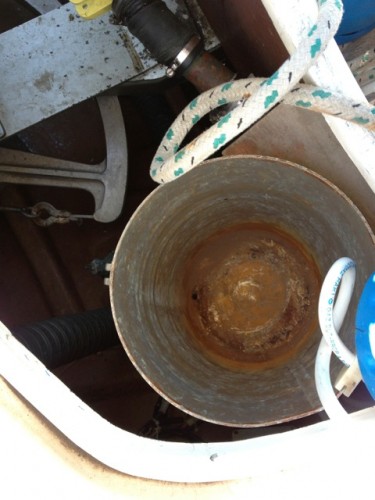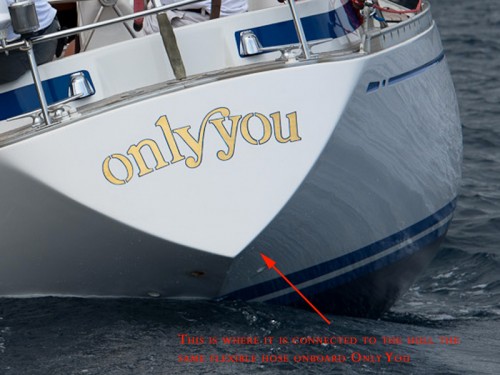Do you want to be informed on new Posts on this Thread? (members only)
| S&S Swan Maintenance - Vent for gas bottle storage |
|---|
|
Join Date: 27 January 2011
Posts: 140 |
||
|---|---|---|
|
Vent for gas bottle storage Christian IF 411/028  |
|
Join Date: 01 March 2007
Posts: 147 |
||
|---|---|---|
|
Hi Chris,
|
|
Join Date: 29 January 2007
Posts: 1020 |
||
|---|---|---|
|
Dear Christian  |
|
Join Date: 30 January 2007
Posts: 461 |
||
|---|---|---|
|
Hello Chris, |
|
Join Date: 27 January 2011
Posts: 140 |
||
|---|---|---|
|
Thank you Rob, Matteo and Daniel. I now know what to look for (but I fear to find that the hull opening has disappeared during a previous refit...) Christian IF 411/028 |
|
Join Date: 02 January 2008
Posts: 1547 |
||
|---|---|---|
|
Dear Christian
|
- Threads : 1703
- Posts : 10221
- Members: 821
- Online Members: 2

